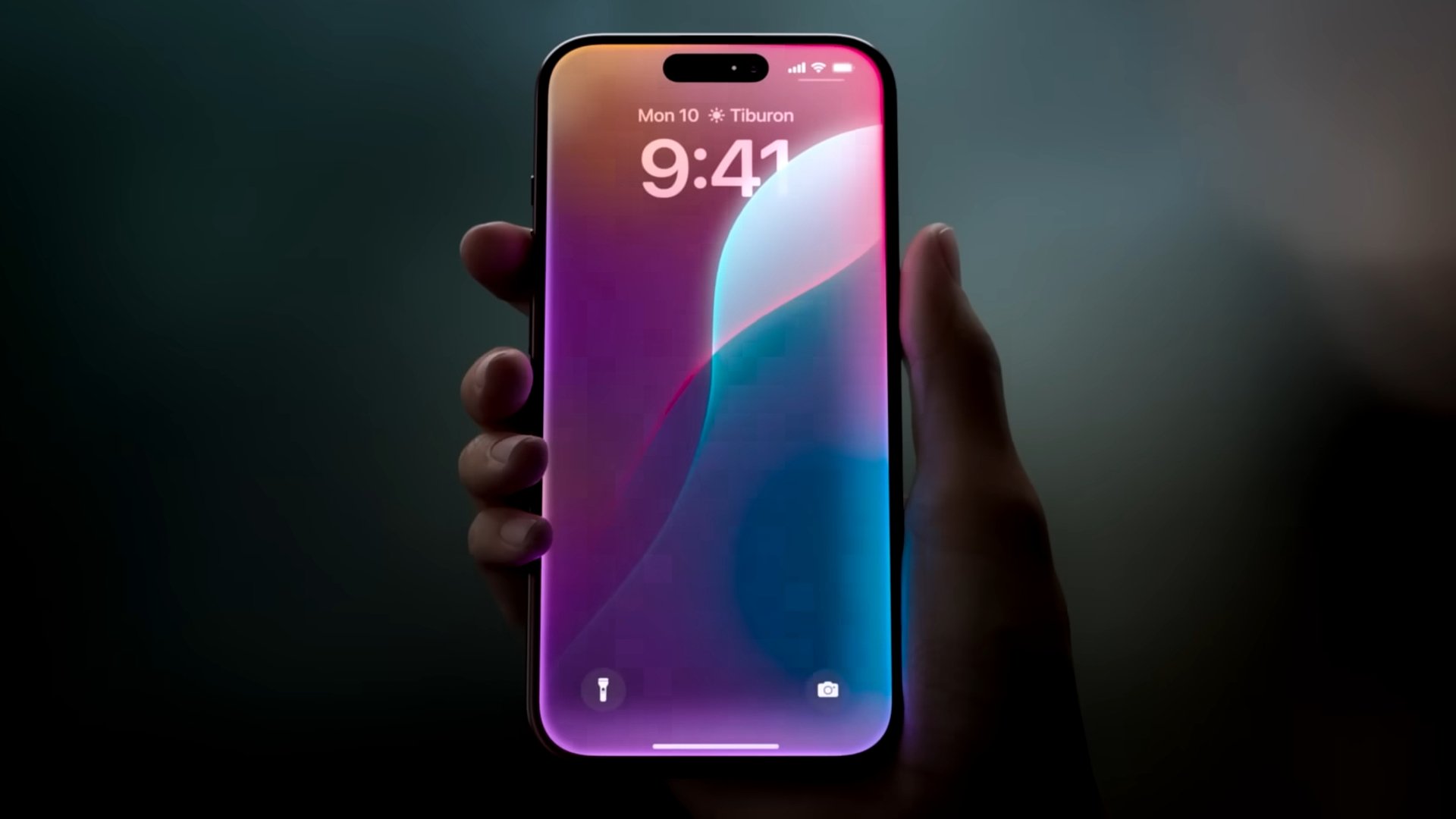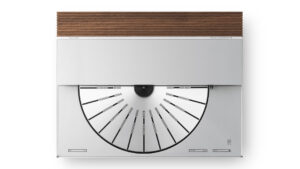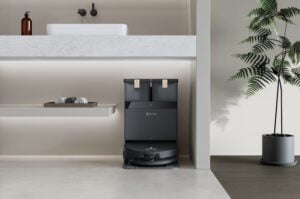Apple has once again revealed what’s been cooking in their Cupertino-based labs at Worldwide Developers Conference (WWDC) — an annual event solely rivalled by its consistently anticipated iPhone launch — and in 2024, it’s all about artificial intelligence.
Aside from the integration of Apple’s own in-house system, the tech giant confirmed a newly-inked partnership with OpenAI; other headliners this time around range from a suite of iOS 18 features delivering customisation like never before to the Apple Watch’s latest health kick.
Let’s jump straight into it, shall we?
Worldwide Developers Conference (WWDC) 2024 Highlights
“Apple Intelligence” & SiriGPT
As to be expected given the current landscape of tech, AI has been addressed. But in this case, it doesn’t stand for “artificial intelligence.” It stands for “Apple Intelligence.”
“Powerful generative models right at the core of your iPhone, iPad, and Mac” will unlock incredible capabilities across Apple’s native apps, i.e. edit and generate images/emojis with Genmoji, writing assistance, sort and summarise text, heightened security.
Then there’s the matter of Siri.
In addition to working far more seamlessly with the wider iPhone — providing more control over your experience, be it scraping info from emails or finding specific pictures — the upgraded voice assistant has just been married to OpenAI’s ChatGPT.
Essentially, for requests better suited to ChatGPT (powered by GPT-4), you’ll be provided with the option of handing it off. Totally free. No account required. Just straight-to-the-point execution.
Siri will also rely on LLMs to understand your speech prompts and lines of questioning (as well as follow-up inquiries) with greater depth; and now accepts requests via text.
Enhanced customisability with iOS 18

Categorisation… arrangement… access controls… colour co-ordination… even hiding apps in locked folders only accessible through Face ID verification… all this will be possible with iOS 18.
In terms of Messages, the major updates here involve scheduling messages, styling text, adding text effects, as well as replying with emoji Tapbacks.
Never forget a password again
While it’s not exactly a groundbreaking function considering password managers have existed for a while now — and comes built-in with competing devices, e.g. Samsung Pass — the arrival of credentials storage to the Apple ecosystem is a biggie.
This centralised hub for logins, passwords, and verification codes, also flags potential leaks and security breaches. It will also be available to Windows users via the iCloud for Windows app.
“Tap It To Me”
Apple’s payments apps now lets you transfer money in exceedingly convenient fashion: simply punch in the digits and hold two iPhones together for an instant transaction.
RELATED: iPhone 16 Reportedly Features Replaceable Battery & “Capture” Button
Healthy Apple Watch, healthy life
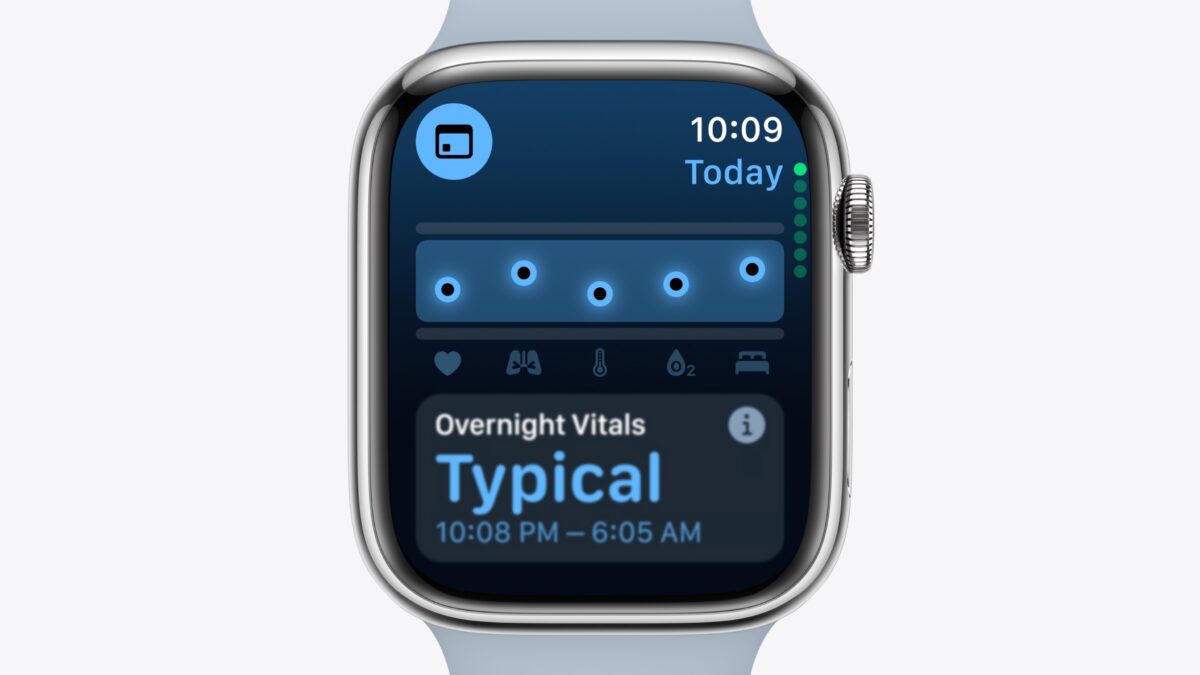
Apple is launching a new Vitals app that helps “explore your most important health metrics at a glance”; along with other health-tracking features akin to hardcore sports watches.
Keep an eye out for Training Load — which analyses your workouts in surprising detail; Live Activities; the added support for Check In — allowing you to be tracked during a sweat sesh; as well as the intuitive surfacing of widgets based on need.
Smarter Apple TV+
Similar to Amazon Prime Video‘s X-Ray mode, Apple TV+ is introducing a swipe down option that lists the actors/characters appearing on screen; as well as the current song playing, which can be automatically added to your Apple Music playlists.
Other new features include automatically showing subtitles when you hit the mute button and support for 21:9 projectors.
Smarter AirPods
Two key gesture controls: nod your head to answer a phone call, shake your head to decline it. Better noise isolation and cancelling are also on the cards here.
visionOS 2
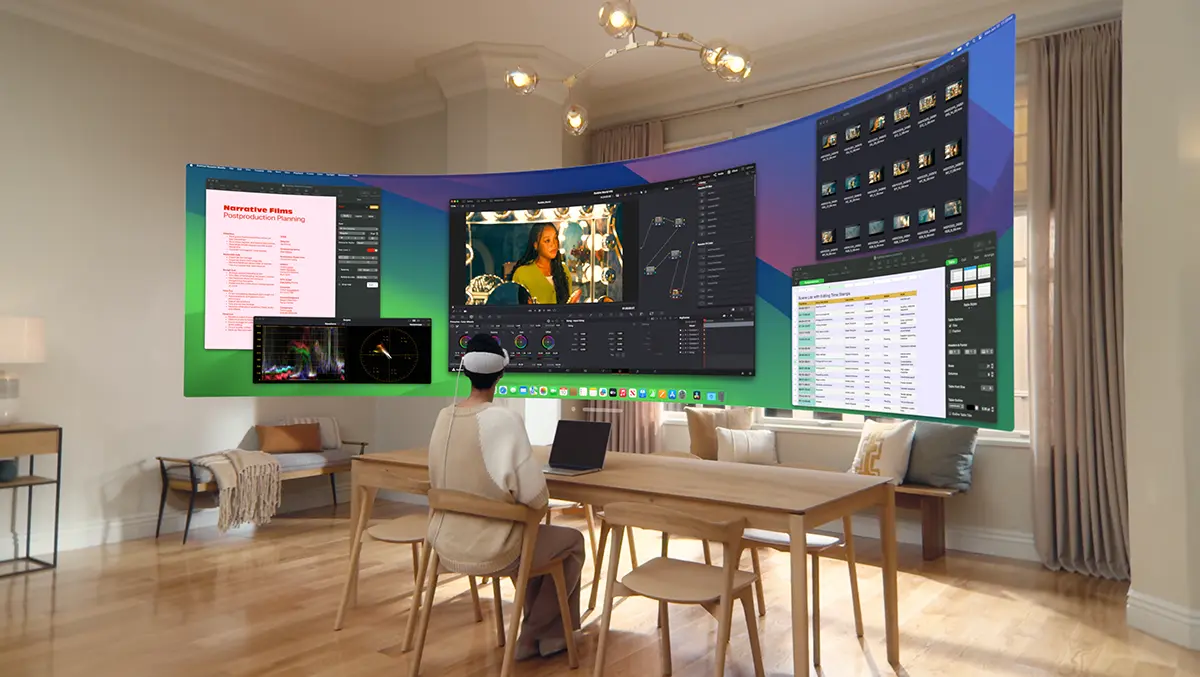
In response to the mixed reviews for its mixed-reality headset, Apple’s Vision Pro is getting its first major update with the visionOS 2.
Top-line improvements include Spatial Photos — turning ordinary snapshots into the not-so-ordinary by adding stereoscopic depth and movement; Spatial Video — compatible with 1.5 million iPhone apps including partner company Vimeo’s player; enhanced hand gesture recognition; plus Train Support — something that tailors its performance for anyone using it while traveling by rail.
Apple has noted the Vision Pro will soon be available to more countries in the coming months, namely China, Japan, the UK, Canada, and of course, Australia.
iPads finally do math
Why the iPad took over a decade to receive a Calculator app is beyond us. But here we are.
The Math Notes feature will also allows you to scribble equations down and let the app solve it for you. Handy for those required to crunch the numbers on a regular basis.
Check out the entirety of Apple’s WWDC 2024 presentation below.
